By Al Hemingway
No man in Rome was richer or more influential than Marcus Licinius Crassus, a member of the powerful First Triumvirate that included Pompey the Great and Julius Caesar. However, despite his victory at the Battle of Colline Gate and his impressive conquest over the slaves led by Spartacus in 71 bc, Crassus remained dissatisfied. He was jealous of the many victories his rivals Caesar and Pompey had compiled, and he lusted after more military honors for himself. Assigned to the Roman province of Syria in 55 bc, the overly ambitious general would suffer one of Rome’s most humiliating defeats near the little-known town of Carrhae, in present-day Turkey.
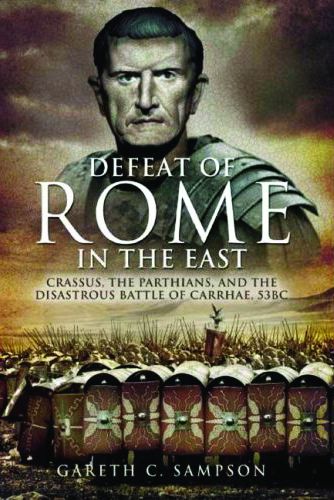 Gareth C. Sampson examines the life of Crassus and the events leading up to the catastrophic engagement for the Roman Empire in his new book The Defeat of Rome in the East: Crassus, The Parthians, and the Disastrous Battle of Carrhae, 53 B.C. (Casemate, Philadelphia, PA, 2008, 224 pp., notes, index, photos, $32.95, hardcover). Sampson also goes into detail on the fate of the individuals involved in the fighting and the battle’s long-lasting consequences from the perspective of the opposing sides.
Gareth C. Sampson examines the life of Crassus and the events leading up to the catastrophic engagement for the Roman Empire in his new book The Defeat of Rome in the East: Crassus, The Parthians, and the Disastrous Battle of Carrhae, 53 B.C. (Casemate, Philadelphia, PA, 2008, 224 pp., notes, index, photos, $32.95, hardcover). Sampson also goes into detail on the fate of the individuals involved in the fighting and the battle’s long-lasting consequences from the perspective of the opposing sides.
The trouble started when Rome decided to meddle in an ongoing dispute between long-time foes Parthia and Armenia. With the assistance of Armenian King Artavasdes and the Greek community in Syria, Crassus decided on a military campaign aimed at subjugating the Parthians, whose territory included parts of present-day Iran, Turkey, and Syria. Against the advice of Artavasdes, the arrogant Crassus marched his 35,000-man force through the arid desert. Although it was a more direct route, the trek exhausted the Romans and left them in no shape to fight a battle.
Responding to the crisis against his country, Parthian King Orodes I split his army, already small in number. Orodes took the bulk of his men and traveled to Armenia. He gave the remaining wing, comprised of 9,000 horsemen and 1,000 heavily armored cavalry known as cataphracts, to his trusted general Spahbod Surena. The objective of this arm of the army was to scout, harass, and delay the Romans as much as possible. The Parthian cavalrymen were well-known for their exemplary riding ability. During battle, they would feign retreat and fire arrows at the pursuing enemy with great accuracy while riding backward. This unusual style of combat became known as the “Parthian shot.” Down through the years it has been altered to be the “parting shot,” a caustic comment fired off at the end of a conversation.
At the outset of the fighting, the Parthian archers let loose thousands of projectiles to keep the Roman legions at bay. Crassus ordered his son Publius to take a combined group of cavalry and infantry and eliminate the threat. Unfortunately, Publius’s contingent was far removed from the main body and found itself surrounded. The cataphracts killed the Romans to the last man and placed Publius’s severed head on a spear as they attacked Crassus’s remaining cohorts. The sight of Publius’s head on the lance of a Parthian cavalryman severely distressed Crassus. The unsettled commander ordered a hasty retreat from the battlefield, leaving behind 4,000 wounded Roman soldiers who were immediately put to death by the rapidly advancing Parthians.
Crassus led his remaining legions back to Carrhae to make ready for a long siege, despite the fact that he still outnumbered the enemy. A Parthian spy talked the general into fleeing the safety of the town. The undercover agent knowingly led the Romans over harsh terrain, allowing Surena’s men to catch up to them. Crassus was lured into a supposed peace conference after his men threatened him if he did not meet with the Parthians and accept their offer. It was a trap, and Crassus and his party were all put to the sword. After his death, Crassus too was beheaded and molten gold was poured down his throat to mock his riches.
When the fighting was over, 20,000 Romans had been slain and another 10,000 seized by the Parthians. The men were released years later after Rome negotiated their release. Surena, who had masterminded a glorious victory against the Romans, was executed by the jealous Orodes, who feared that his own popularity would be eclipsed by Surena. The Battle of Carrhae also saw the demise of the all-powerful triumvirate and the end of the First Republic. Increasingly concerned with internal strife, Rome took little notice of Parthia for the next three decades. Despite this, Orodes had little success in attempting to conquer Syria and Armenia after Surena’s untimely death.
Carrhae was the first major engagement between Rome and Parthia—it would not be the last. “In the end they so exhausted each other that their armies became easy prey for a third power,” wrote Sampson. “Furthermore, after the devastation that the two had caused each other’s territories in these endless years of warfare, the peoples of the region were receptive and eager for a new power to rule and one that would unite them in internal peace. Thus was born the empire of Islam and so ended the ancient world.”
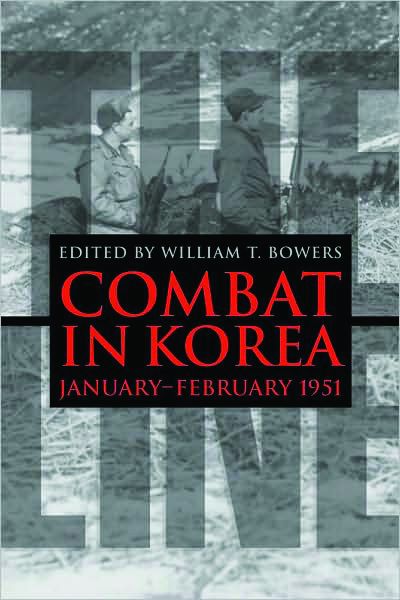 The Line: Combat in Korea, January-February 1951 edited by William T. Bowers, University Press of Kentucky, Lexington, 2008, 324 pp., photos, maps, notes, index, $40.00, hardcover.
The Line: Combat in Korea, January-February 1951 edited by William T. Bowers, University Press of Kentucky, Lexington, 2008, 324 pp., photos, maps, notes, index, $40.00, hardcover.
It is always refreshing to have another book about the Korea conflict, often referred to as the “Forgotten War.” What makes this new entry unique is the time frame it covers—February and March 1951—the first winter of combat on the Korean peninsula. The vast majority of books written about the war usually concentrate on the larger picture. When they do cover the combat, the discussion normally centers on General Douglas MacArthur’s amphibious assault at the port of Inchon, the fighting to retake Seoul, and the debacle at the Chosin Reservoir. The battle at Pork Chop Hill in 1953, just before the signing of the armistice, has also become somewhat noteworthy after serving as the subject of a 1959 movie, Pork Chop Hill, starring Gregory Peck.
Between the latter part of 1950 and the end of hostilities in July 1953, little if anything was accomplished militarily. The war went from a fluid nature to a stagnant one as the months ground on, reminiscent of trench warfare in World War I. Men fought and died to acquire a few acres of real estate in no-man’s-land between the lines. Still, 40 percent of all casualties occurred in Korea during this strategically fallow period.
There was no shortage of heroism, however. Numerous personal decorations were awarded for incredible acts of bravery. Colonel William T. Bowers, USA (Ret.) has done a credible job of collecting personal interviews of those soldiers who participated in some of the bloody campaigns from that bone-chilling winter of 1951. Many in the West believed the war was lost after the humiliating retreat of Allied forces from the Chosin Reservoir, when the Chinese Communists entered the fighting. The American fighting man, however, was about to prove them wrong.
Bower delves into the battles of Twin Tunnels, Hill 312, Wonju, and Chip’yong-ni, names that remain largely unknown to most Americans. Many of the interviews are with the soldiers of the 2nd Infantry Division, which had suffered a bitter loss at Kunu-ri in November and December 1950. The infantrymen of the “Indianhead Division” recovered and dealt the North Korean forces and their Chinese allies a stunning blow, halting their advance and leading to the long and frustrating stalemate.
Much of the combat depicted in the book is on the squad and platoon level. Bowers convincingly demonstrates the remarkable change in morale when MacArthur was replaced by the hard-charging General Matthew Ridgway. By instilling discipline and an improved fighting spirit into the Eighth Army, Ridgway spearheaded a dramatic transformation that managed to stop a determined enemy and drive him back into North Korea, where he remains bottled up today.
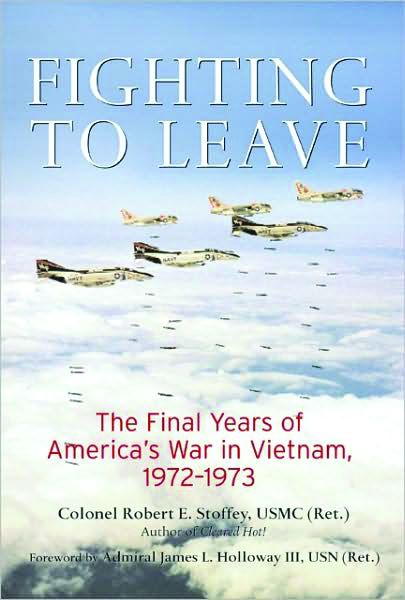 Fighting to Leave: The Final Years of America’s War in Vietnam, 1972-1973 by Colonel Robert E. Stoffey, USMC (Ret.), Zenith Press, Minneapolis, MN, 2008, 336 pp., illustrations, index, $25.95, hardcover.
Fighting to Leave: The Final Years of America’s War in Vietnam, 1972-1973 by Colonel Robert E. Stoffey, USMC (Ret.), Zenith Press, Minneapolis, MN, 2008, 336 pp., illustrations, index, $25.95, hardcover.
The waning years of the Vietnam War are a painful memory to Americans who recall that tumultuous period in our history. The period is especially distressing to remember for the thousands of veterans who served “in country” during the fighting. With the advent of Allied troop withdrawals, the conflict was slowly being turned over to the South Vietnamese in what was called Vietnamization. It was left to them to stand alone and attempt to defeat the ever-stronger Communist forces threatening their country.
Despite the absence of American ground troops in 1972, the U.S. Navy, together with Army and Marine air units, played a significant role in aiding the Army of the Republic of Vietnam (ARVN) during that time. Close air support, coupled with American advisers on the ground, temporarily saved the day during the massive Easter Offensive launched by the North Vietnamese in March 1972. American helicopter units also were on hand to offer valuable assistance to the Saigon government.
From his vantage point aboard the USS Oklahoma, author Robert Stoffey was in an excellent position as the Marine air and the assistant amphibious warfare officer to gain an invaluable overview of the events transpiring during that time. Stoffey was on his third tour of duty in Southeast Asia after flying 440 combat missions during his two previous assignments.
Ultimately, the mighty sea and air power of the United States could not halt the inevitable outcome in Vietnam. The signing of the ineffective Paris Peace Accords in January 1973 heralded the end of the American part of the conflict. In slightly more than two years, Communist tanks would be rumbling through the streets of Saigon, witnessed by millions of people. Film footage of American helicopters lifting off the roof of the U.S. Embassy would underscore an embarrassing completion to the war that had claimed the lives of more than 58,000 Americans.
As George W. Bush—not a veteran of Vietnam—discovered to the nation’s grief in Iraq and Afghanistan, it is much easier to start a war than to get out of one.
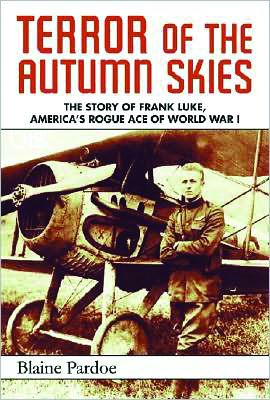 Terror of the Autumn Skies: The True Story of Frank Luce, America’s Rogue Ace of World War I by Blaine Pardoe, Skyhorse Publishing, New York, 2008, 301 pp., photos, notes, $24.95, hardcover.
Terror of the Autumn Skies: The True Story of Frank Luce, America’s Rogue Ace of World War I by Blaine Pardoe, Skyhorse Publishing, New York, 2008, 301 pp., photos, notes, $24.95, hardcover.
He was called the “Great Arizona Balloon Buster” and was referred to as a “reckless, undisciplined loner.” However, in a mere two months, Frank Luke amassed an extremely impressive record while serving as a pilot with the 27th Aero Squadron in World War I.
Born in Phoenix, Arizona, on May 19, 1897, Luke was a rough-and-tumble youth, active in sports and a crack shot. He even collected tarantulas, much to his father’s dismay. When the U.S. entered World War I, Luke enlisted in the aviation wing of the Army. He passed his flight training and was commissioned a second lieutenant in January 1918. He joined the 27th Squadron on July 25, and for the next 53 days his devil-may-care attitude and tremendous flying abilities became legendary. In just over two weeks in September 1918, the Arizona native downed 14 German “kite balloons,” used as observation platforms, and four enemy planes.
Unfortunately, combat took its toll on the young Luke. While on leave in Paris, he would spend hours devising methods of attacking German balloons while his comrades were enjoying their leisure time. His last flight, on Sunday, September 29, 1918, is still shrouded in controversy. Some have alleged that the government covered up the facts of Luke’s death. Luke was said to have crawled from his Spad and emptied his weapon at the assaulting German soldiers before they killed him. He was awarded the Medal of Honor, and Luke Air Force Base was named in his honor.
Many of the details of Luke’s last flight have been clouded by fading memories, and those who supposedly witnessed the event probably embellished their accounts. Legends, however, die hard. As author Blaine Pardoe writes, “He brought down his airplane relatively intact, but it was still a crash landing. As his lungs filled with blood, he managed to climb out. What happened next? Does it really matter?”
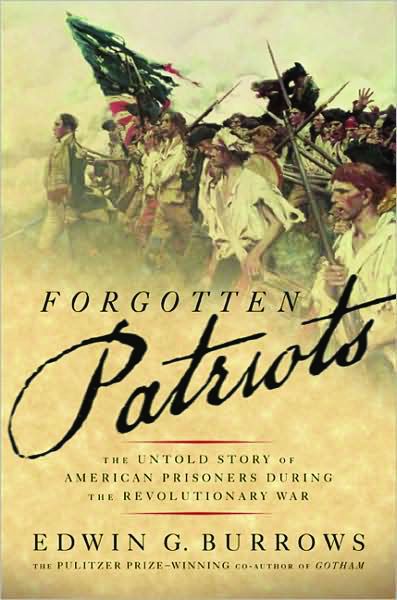 Forgotten Patriots: The Untold Story of American Prisoners During the Revolutionary War by Edwin G. Burrows, Basic Books, New York, 2008, 364 pp., illustrations, notes, index, $27.50, hardcover.
Forgotten Patriots: The Untold Story of American Prisoners During the Revolutionary War by Edwin G. Burrows, Basic Books, New York, 2008, 364 pp., illustrations, notes, index, $27.50, hardcover.
The subject of prisoners of war has always been a controversial one. Every conflict has produced tales of atrocities and brutality by those holding enemy servicemen captive. But the inhumane manner in which American soldiers during the Revolutionary War were handled by the English has been largely overlooked. An estimated 30,000 American prisoners were taken captive during the conflict. Many of them were held in New York City, the hub of British military operations at the time. Of this total, 18,000 are believed to have perished because of shortage of food, disease, poor living quarters, and harsh treatment received at the hands of sadistic British prison guards.
Some of these unfortunate souls were crammed aboard rotting vessels anchored in New York harbor. Others were confined in a number of buildings that dotted the town. One such place was the Old Sugar House, where hundreds of patriots died. Years after the war, ex-prisoners would stroll by with their families and tell them of the terrible conditions they endured there. The structure was demolished in 1840. Burrows reminds us of the horrendous plight of these American patriots, who sacrificed so much for their fledgling nation. They should never be forgotten.
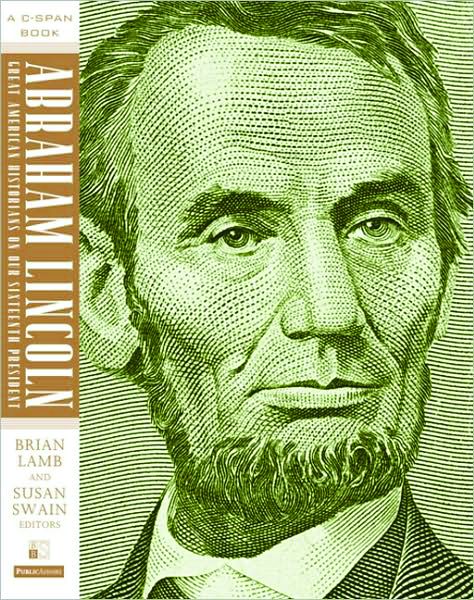 Abraham Lincoln: Great American Historians on our Sixteenth President edited by Brian Lamb and Susan Swain, Public Affairs, New York, 2008, 371 pp., illustrations, index, $27.95, hardcover.
Abraham Lincoln: Great American Historians on our Sixteenth President edited by Brian Lamb and Susan Swain, Public Affairs, New York, 2008, 371 pp., illustrations, index, $27.95, hardcover.
There is no doubt that Abraham Lincoln is our most popular president. More than 16,000 books, plus numerous articles and essays, have been written about the “Great Emancipator.” But what about Lincoln the man? What was his childhood like? His relationship with his parents? His political aspirations? How did he feel about the war that tore the country in half and ultimately sent 625,000 Americans to their graves?
C-Span CEO and founder Brian Lamb, together with his co-president, Susan Swain, has compiled a collection of essays by prominent authors, historians, and Lincoln reenactors to answer these and many other questions. Not much is known about Lincoln’s early life. Except for a few letters that have survived, and a brief biography written by William Herndon, his law partner, and Jesse Weik, not much exists. Lincoln was an elusive and complex individual. Herndon said that he was “the most shut-mouthed man I ever knew.” Despite personal tragedies that left Lincoln scarred and extremely melancholy, he somehow managed to lead the nation through a bitter civil war that ultimately preserved the Union, albeit in a dramatically different shape than the one Lincoln inherited in 1861.
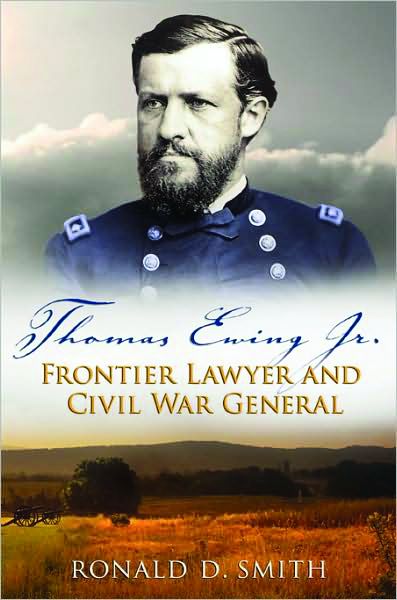 Thomas Ewing Jr.: Frontier Lawyer and Civil War General by Ronald D. Smith, University of Missouri Press, Columbia, 2008, 376 pp., illustrations, notes, index, $44.95, hardcover.
Thomas Ewing Jr.: Frontier Lawyer and Civil War General by Ronald D. Smith, University of Missouri Press, Columbia, 2008, 376 pp., illustrations, notes, index, $44.95, hardcover.
Perhaps no other individual was more prominent in the early days of Kansas statehood than Thomas Ewing, Jr. At the outbreak of the Civil War, Ewing resigned as chief justice of the Kansas Supreme Court and formed the 11th Kansas Cavalry, with himself as its commander with the rank of colonel. The lawyer-turned-soldier distinguished himself on the battlefield and eventually rose to the rank of major general of volunteers in the Union Army.
The state, often referred to as “Bleeding Kansas,” was overrun with bushwhackers and unsavory groups on both sides of the conflict. Jayhawkers and “Red Legs,” siding with the North, committed a host of heinous crimes. Southern sympathizers, called bushwhackers, included the notorious Quantrill’s Raiders, led by William Quantrill, which raided the town of Lawrence, Kansas, in August 1863, killing more than 150 men and boys.
As a response to the Lawrence massacre, Ewing issued the controversial General Order 11. The proclamation decreed that all civilians with Rebel leanings in four counties in western Missouri be driven from their homes. The Draconian law was an attempt to stem criminal acts, but it nonetheless was extremely unpopular. Smith, an attorney himself as well as a historian, combed numerous sources to tell the fascinating story of Thomas Ewing—lawyer, judge, and general—and his still controversial place in Kansas and Civil War history.
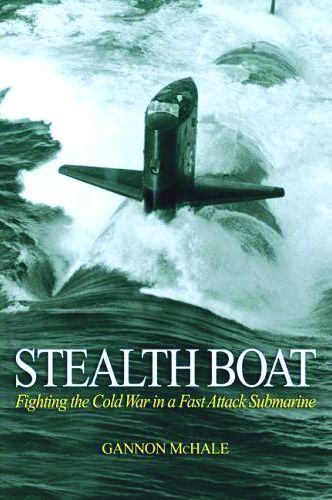 Stealth Boat: Fighting the Cold War in a Fast-Attack Submarine by Gannon McHale, Naval Institute Press, Annapolis, MD, 2008, 187 pp., illustrations, index, $22.46, hardcover.
Stealth Boat: Fighting the Cold War in a Fast-Attack Submarine by Gannon McHale, Naval Institute Press, Annapolis, MD, 2008, 187 pp., illustrations, index, $22.46, hardcover.
Until recently, military operations involving nuclear-powered fast-attack submarines were highly classified. Now, with the passage of the Freedom of Information Act, at least some of these vessels can receive long overdue recognition. In this memoir, Gannon McHale writes about his service aboard the USS Sturgeon during the late 1960s and early 1970s. McHale provides the reader with a fascinating account of the day-to-day life of a submariner during that period. Not all duties were glamorous aboard a submarine. Patrols could last for months and, at times, they could be tedious. McHale, however, gives exciting details of his experiences when Sturgeon encountered Soviet subs.
Sturgeon was finally decommissioned in January 1994. At the ceremony, Admiral Bruce DeMars praised the ship for being in the “forefront of one of our country’s most successful Cold War competitive strategies. You are all members of a fraternity of men who each for a period of several years devoted yourselves to USS Sturgeon, young, hard-working, idealistic men who performed notably under arduous conditions. We can all be proud.”
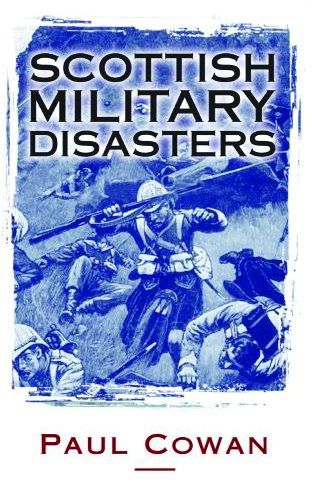 Scottish Military Disasters by Paul Cowan, Neil Wilson Publishing Ltd., Glasgow, Scotland, 2008, 208 pp., bibliography, $19.95, softcover.
Scottish Military Disasters by Paul Cowan, Neil Wilson Publishing Ltd., Glasgow, Scotland, 2008, 208 pp., bibliography, $19.95, softcover.
Scotland has been known for recruiting and training some of the best military units in the world. The Black Watch, Gordon Highlanders, and Camerons are just a few of the elite outfits that have been immortalized throughout their existence.
But there is another side to Scottish military history. Canadian journalist Paul Cowan has spent the last two decades doing exhaustive research into Scottish military blunders since the Middle Ages. From Falkirk in 1298, where William Wallace, portrayed by Mel Gibson in the movie Braveheart, was soundly defeated by an English Army led by King Edward I, to the Korean War in 1950, the author examines various tactical errors committed by Scottish military leaders.
At the Battle of Fort Duquesne, during the French and Indian War, the Montgomerie Highlanders attacked a fort held by the French and their Indian allies in present-day Pittsburgh. An 850-man reconnaissance force led by Major James Grant was caught by surprise, and hundreds of Scots were killed. Their severed heads were put on wooden stakes along the trail that stretched for three miles as a grisly reminder to all who followed.
Cowan feels that ignoring these mishaps does a gross disservice to the brave Scottish soldiers who fought with distinction in spite of these losses. He certainly knows this subject firsthand—his great-grandfather, Private Robert Cowan, was killed at Gallipoli in 1915 while serving with the 8th Scottish Rifles.
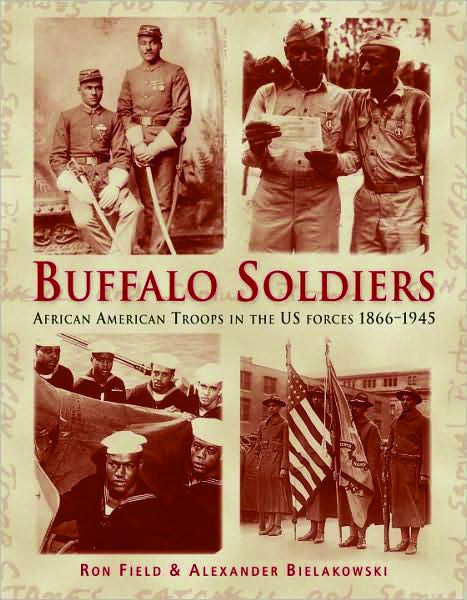 Buffalo Soldiers: African American Troops in the US Forces 1866-1945 by Ron Field & Alexander Bielakowski, Osprey Publishing, New York, 2008, 232 pp., illustrations, index, $25.95, hardcover.
Buffalo Soldiers: African American Troops in the US Forces 1866-1945 by Ron Field & Alexander Bielakowski, Osprey Publishing, New York, 2008, 232 pp., illustrations, index, $25.95, hardcover.
In the fall of 1862, the first African American military unit participated in the fighting near Island Mound in Missouri during the Civil War. Members of the 1st Kansas Colored Infantry repelled a Rebel attack with light losses. Their commanding officer, Captain R.G. Ward, would later write: “I never saw a braver sight than that handful of brave men fighting 117 men who were all around and in amongst them. Not one surrendered or gave up a weapon.”
Through the years African Americans, dubbed the “Buffalo Soldiers” by the Native American tribes, have had a long and distinguished history of service to the U.S. military. Their devotion to duty, however, did not prevent them from being racially discriminated against by military comrades and civilians alike.
This account takes the reader from their beginnings to the end of World War II. Despite African Americans’ patriotism and willingness to fight, the U.S. military was still segregated. As time elapsed, that would soon change. In 1954, the remaining African American units were fully integrated into the Army. The “Buffalo Soldiers” now stood side by side with other American servicemen of all races.
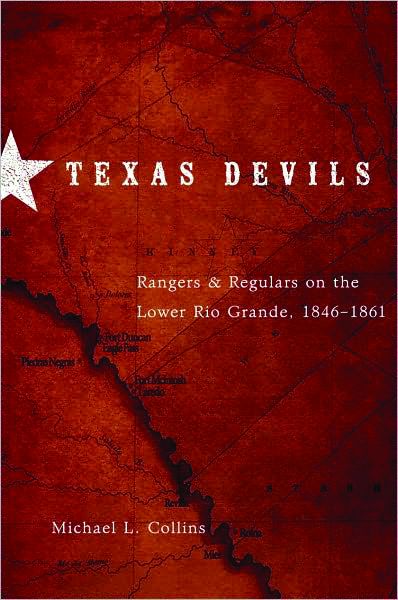 Texas Devils: Rangers & Regulars on the Lower Rio Grande, 1846-1861 by Michael L. Collins, University Press of Oklahoma, Norman, 2008, 316 pp., illustrations, index, $26.95, hardcover.
Texas Devils: Rangers & Regulars on the Lower Rio Grande, 1846-1861 by Michael L. Collins, University Press of Oklahoma, Norman, 2008, 316 pp., illustrations, index, $26.95, hardcover.
There is a mystique surrounding the Texas Rangers. History has portrayed them as rugged, tough frontiersmen who rode the Plains capturing bandits and killers who preyed upon innocent farmers trying to eke out a living. In his new book, historian Michael Collins gives us another view of this hardy band of lawmen, one that does not always cast the Rangers in a favorable light, especially in their treatment of the Mexican population that resided along the lower Rio Grande River.
Collins traces the beginnings of the Rangers during the early part of the 19th century and the outbreak of the American Civil War. During the Mexican War, from 1846 until 1848, Rangers provided General Zachary Taylor’s army with much-needed intelligence and proved to be tremendous scouts. Their combat exploits during this period were the stuff of legend—but so were their atrocities against the Mexicans. General Santa Anna turned pale when he rode past this motley-looking crew at the end of the conflict.
Ranger leaders like John S. “Rip” Ford, Ben McCulloch and John Coffee “Jack” Hays became legends during this wild and turbulent era along the Texas-Mexican border. The author goes into great detail on the Cortina War, which began innocently enough in Brownsville in 1859 and lasted for several years, claiming many lives. Texas Devils is a riveting account of, not only the history of the Texas Rangers, but of the Lone Star State itself.
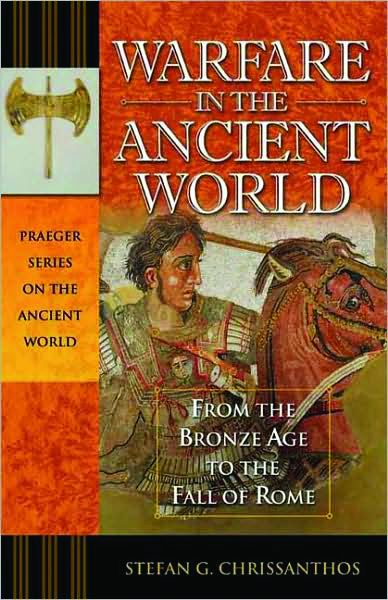 Warfare in the Ancient World: From the Bronze Age to the Fall of Rome by Stefan G. Chrissanthos, Praeger Publishers, Westport, CT, 2008, 214 pp., illustrations, notes, index, $44.95, hardcover.
Warfare in the Ancient World: From the Bronze Age to the Fall of Rome by Stefan G. Chrissanthos, Praeger Publishers, Westport, CT, 2008, 214 pp., illustrations, notes, index, $44.95, hardcover.
During the course of world history, warfare has all too often decided the fate of men and civilizations. In this series by Praeger Publishing, various authors closely examine different aspects of ancient cultures. Topics such as myths, sports, technology, and the female contribution to these varied societies are discussed.
In his treatise, Stefan Chrissanthos, a history professor at the University of California at Riverside, follows the warlike paths from their beginnings in Mesopotamia in 3500 bc, to the Egyptian, Greek, Persian, and Roman empires. Waging war played a paramount role in all these civilizations, Chrissanthos notes, and by mastering the skills of fighting they subjected countless races of peoples. It was only when another society appeared on the scene with more advanced military abilities that these earlier conquerors were defeated.
Combat in the ancient world was commonplace. Whether it was for glory, money, or power, armies were constantly on the march. As the renowned Greek philosopher Plato said, “Only the dead have seen the end of war.”
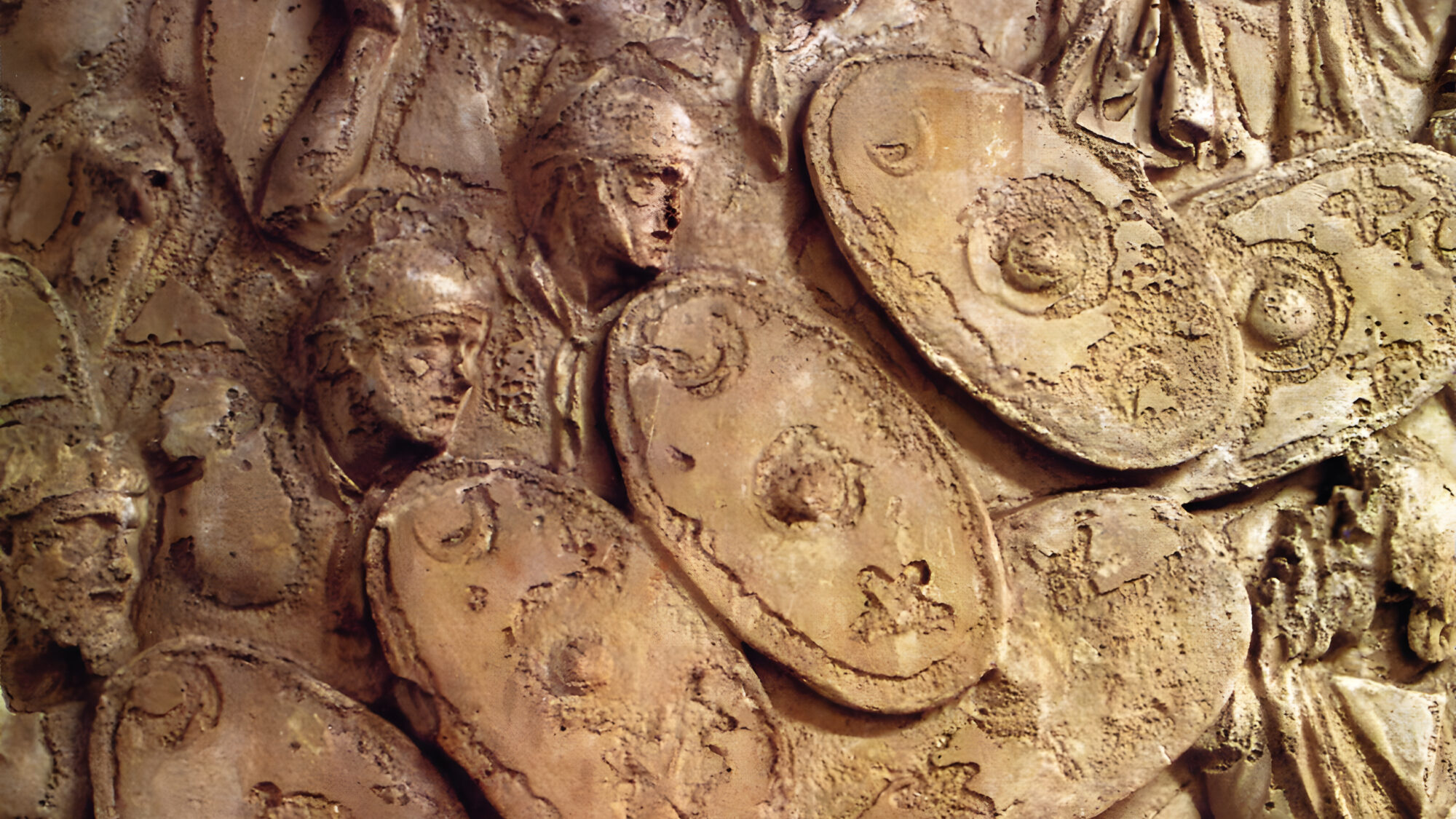
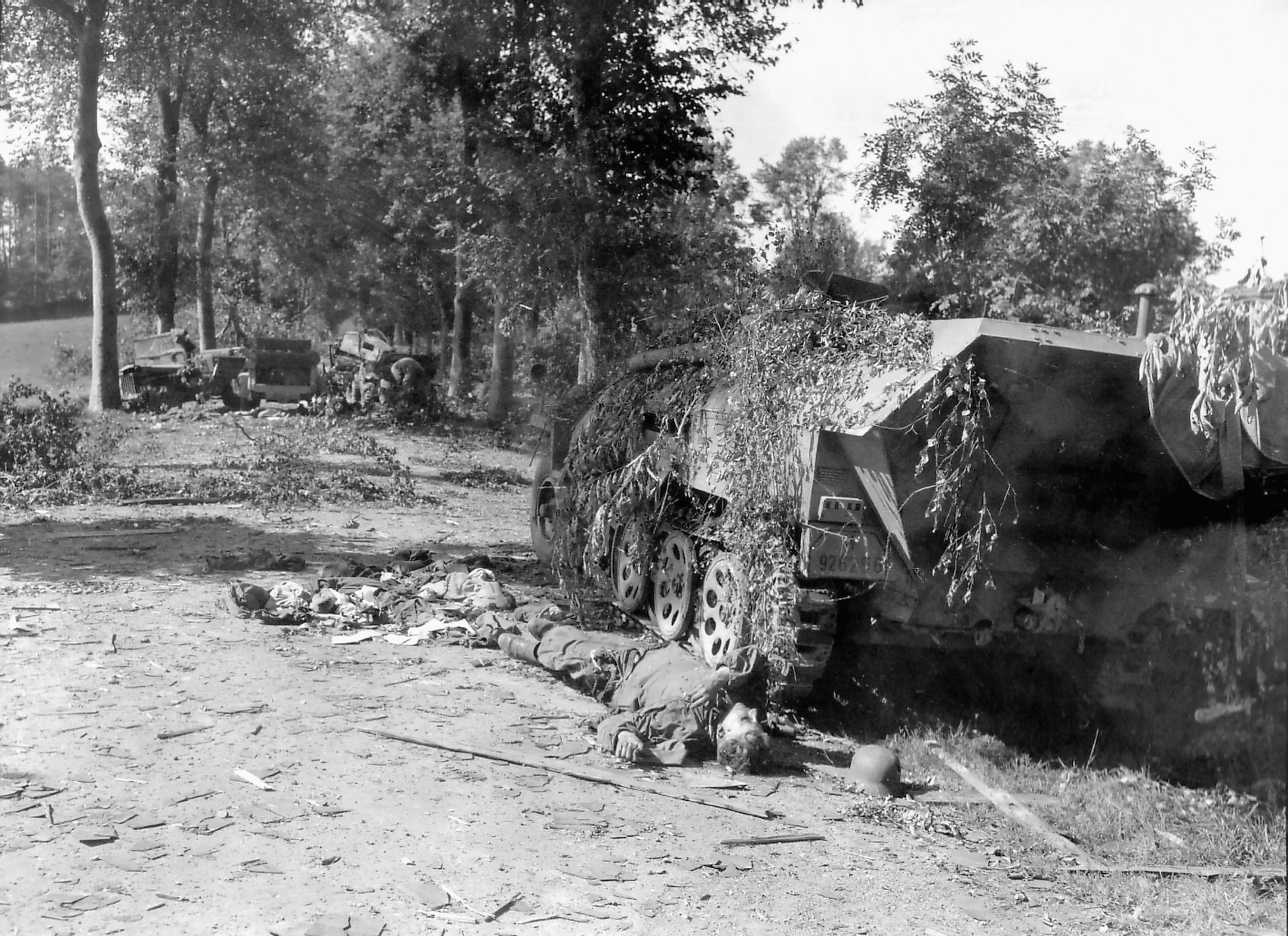
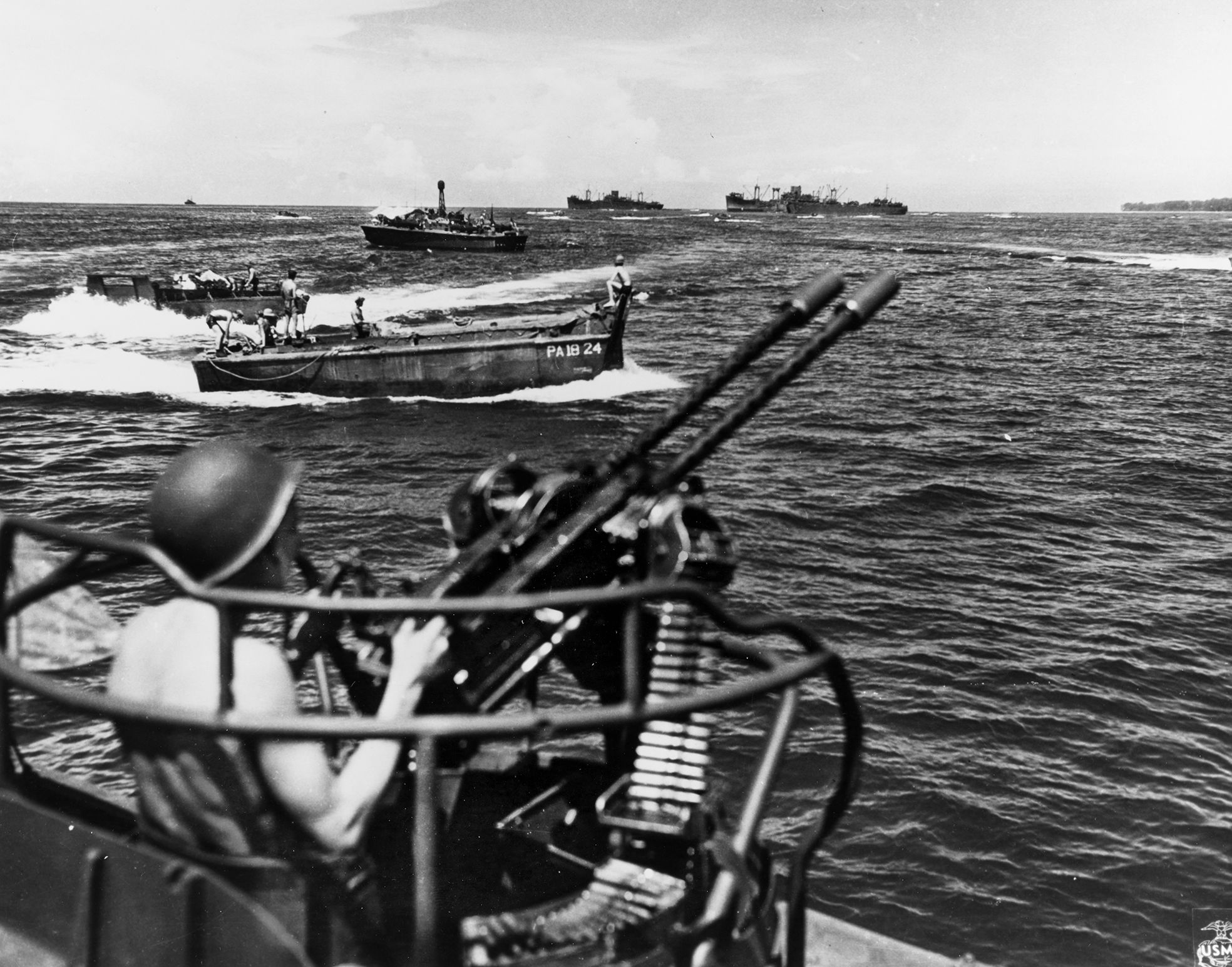
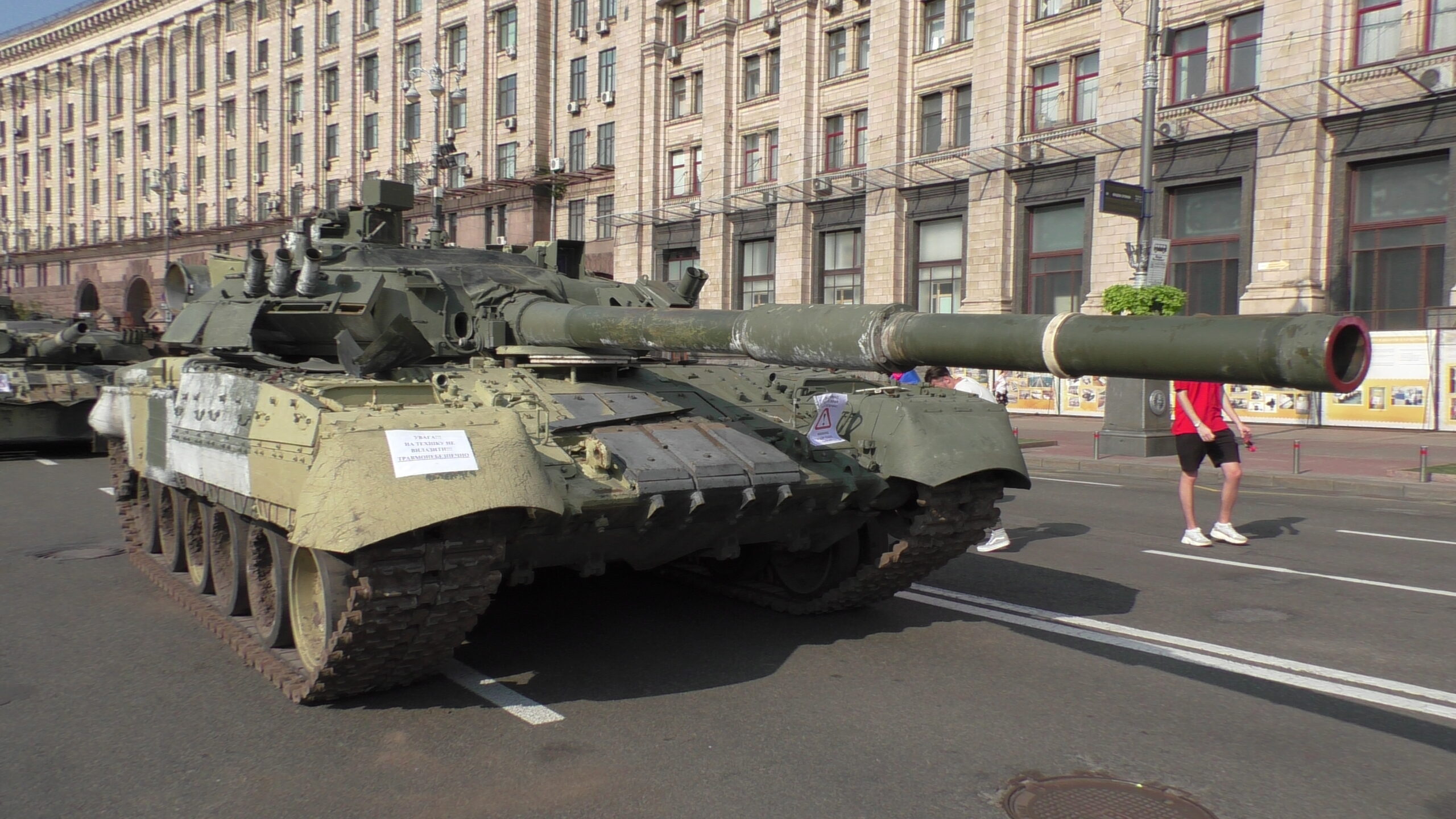
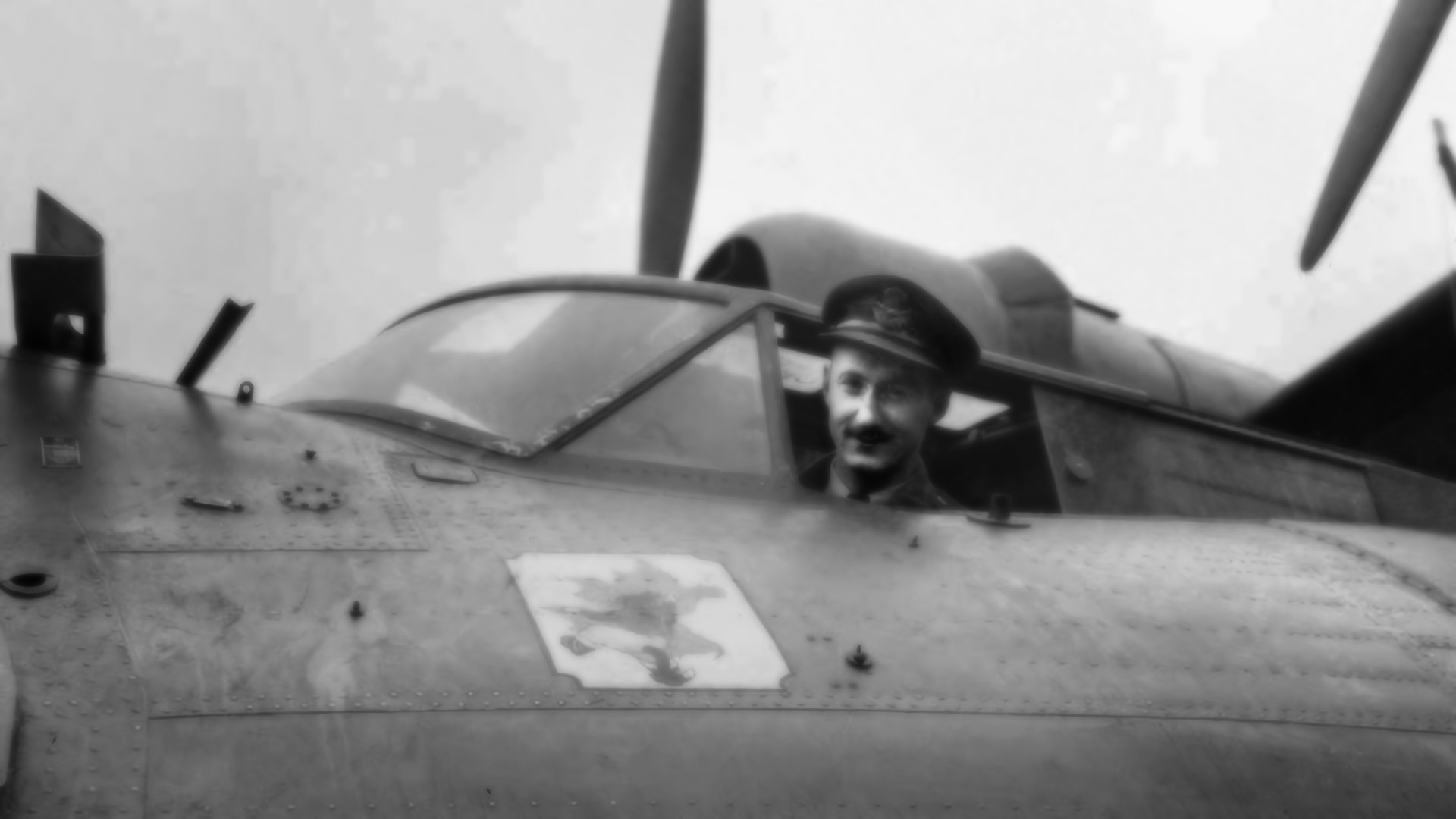
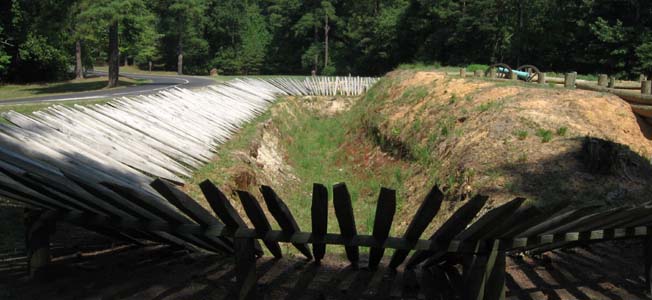
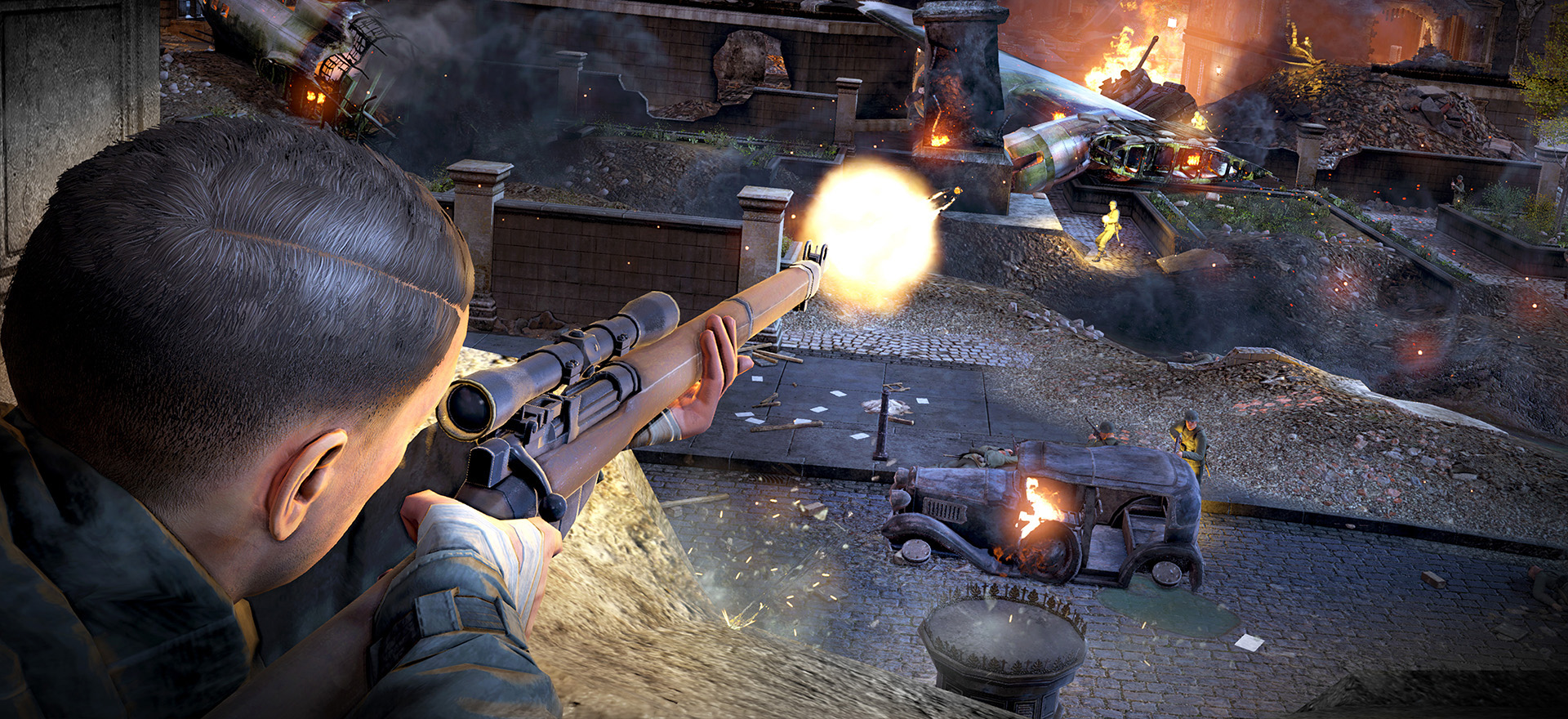
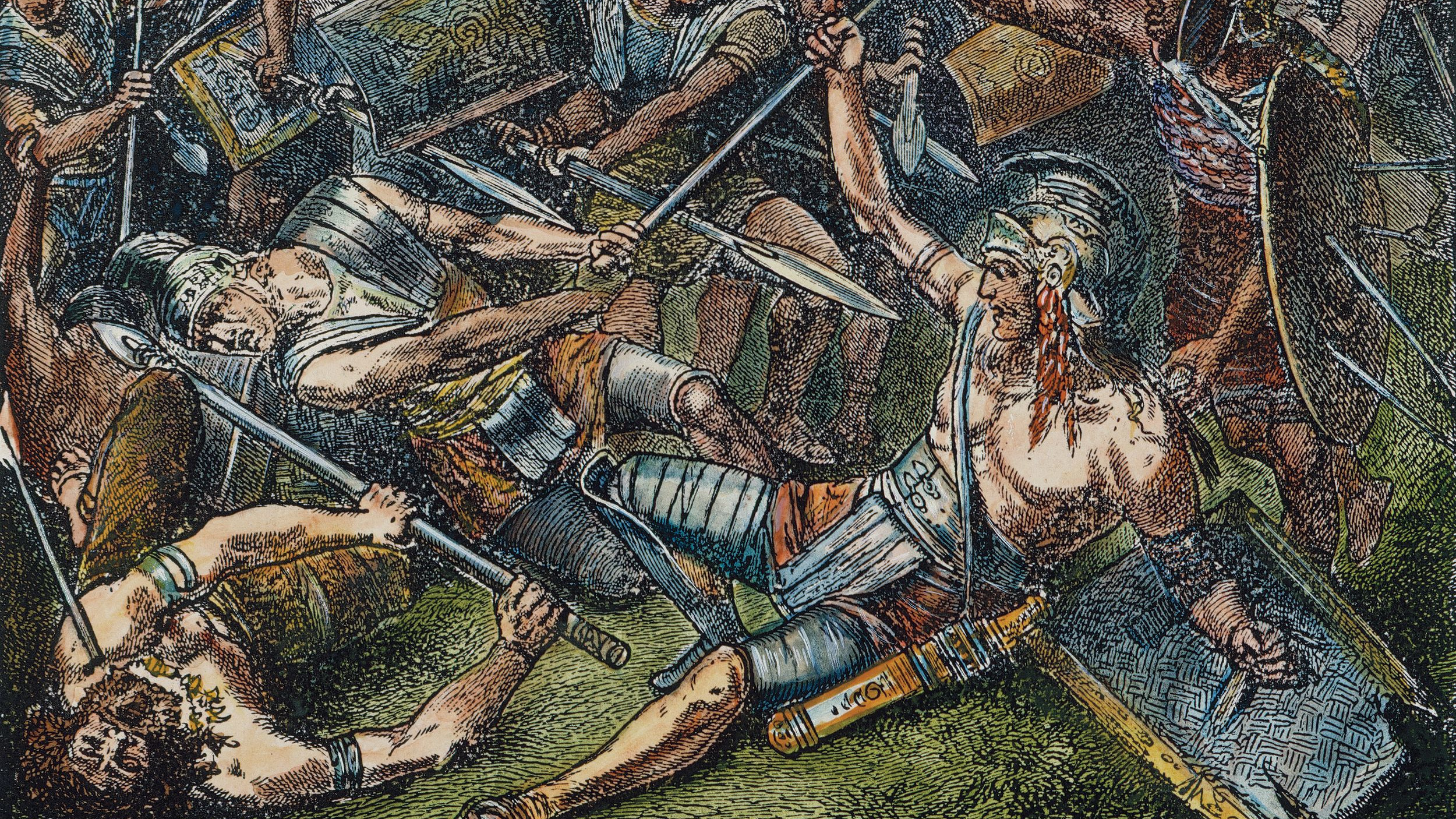
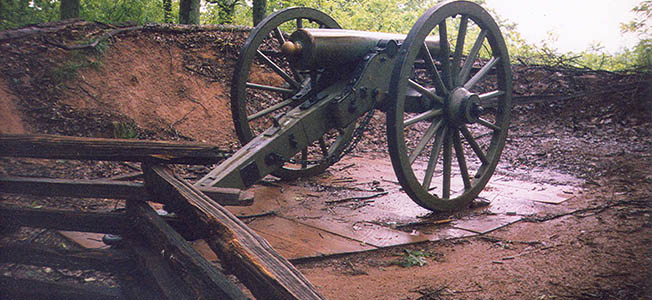
Join The Conversation
Comments
View All Comments